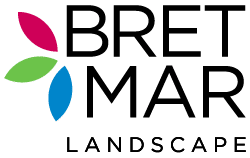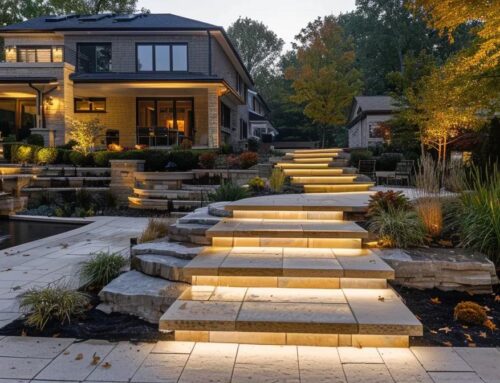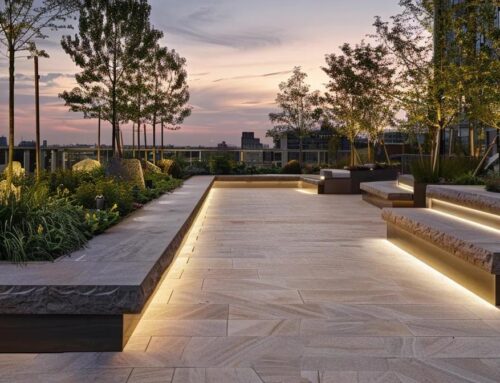Are you uncertain about how much your hardscaping project will really cost? Understanding the factors that influence hardscaping costs can help you make informed decisions. This article will outline key cost factors, break down expenses by project type, and discuss the benefits of hiring a professional versus tackling a DIY project. By the end, you’ll have a clearer picture of your budget, allowing you to plan effectively and avoid unexpected expenses. Let’s simplify the process of budgeting for your hardscaping needs.
Hardscaping Cost Factors
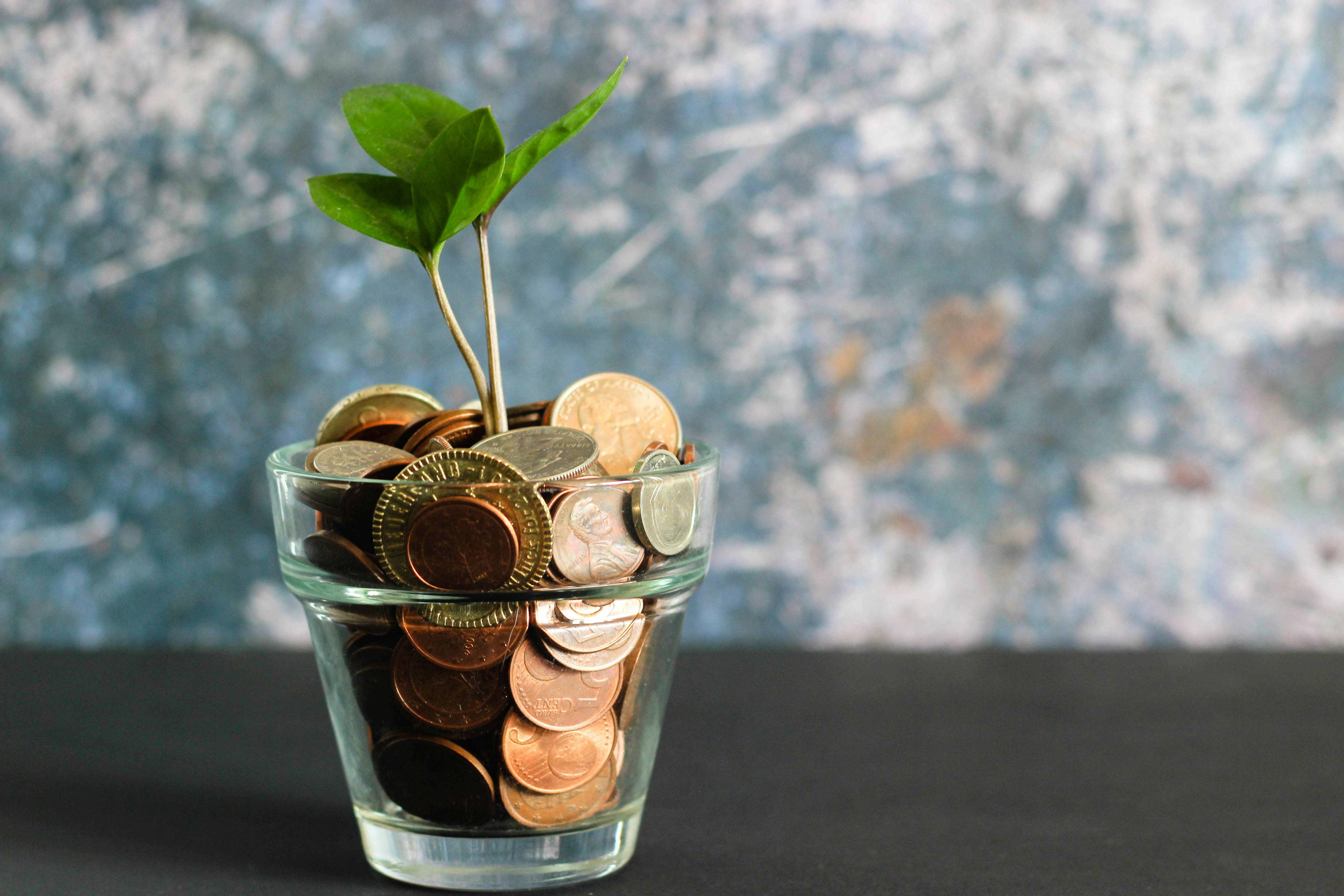
In assessing hardscaping project costs, several factors play a crucial role. Understanding the cost per square foot is essential, along with the materials chosen, such as gravel or pavers. You’ll need to consider permits for installation, demolition of existing structures, and site preparation. Labor costs can vary based on location and the complexity of the project, all of which together shape the overall investment in your landscape architecture.
Hardscaping Cost Per Square Foot
When calculating hardscaping costs, I often emphasize the importance of determining the cost per square foot. This not only gives you a clearer picture of the budget needed for elements such as concrete pathways or patios but also allows for informed decisions about garden design that balance beauty with sustainability. For instance, if a project integrates a french drain for proper drainage, understanding these costs upfront can help prevent unexpected expenses down the line.
Materials
Choosing the right materials for hardscaping can significantly impact both the overall cost and the aesthetic appeal of your project. For instance, selecting durable pavers for a walkway can enhance curb appeal while providing a sturdy base to support nearby shrubs and trees. If you’re considering features like a pond or a decorative column, it’s essential to factor in maintenance and installation costs to ensure your investment not only looks great but stands the test of time.
Permits
Obtaining the necessary permits for your hardscaping project is crucial, as these regulations can vary significantly based on your local climate and the specific features you plan to include. For instance, if you are implementing xeriscaping principles with crushed stone pathways, ensuring compliance with local guidelines can prevent costly delays and fines. Additionally, permits often address aspects related to curb appeal and safety, ensuring that structures like fire pits or decorative walls do not interfere with mower access or drainage systems.
Demolition
Demolition can significantly influence the total cost of your hardscaping project. As a professional in landscaping services, I’ve seen how the removal of existing structures, like decks or softscape, can lead to unexpected expenses if not accounted for in advance. Proper demolition is vital for effective drainage solutions and ensures that any new installations have a solid foundation, ultimately enhancing the longevity and functionality of your outdoor space.
Site Preparation
Site preparation is a critical step in any hardscaping project and can greatly influence the final cost and quality of your landscape design. When laying pavers, I emphasize the importance of clearing the area of debris, such as leaves and old installations, and ensuring proper grading. This foundation supports features like drip irrigation systems and ensures that water drains appropriately, preventing future issues that could undermine your lawn or hardscape elements.
Labor
Labor costs can significantly affect your hardscaping project, particularly for complex installations like permeable paving or a custom fire pit. I’ve found that professional installers bring invaluable expertise to ensure proper drainage and long-lasting durability, which ultimately saves you money in the long run. When planning your budget, consider getting a ballpark estimate for labor, as it can vary based on project intricacies, such as the preparation needed for a new driveway or the time required for tasks like pruning around installed features.
Location
When considering the location of your hardscaping project, various factors can influence costs and outcomes. For instance, areas with challenging soil conditions may require additional site preparation, which can increase your investment. Regions that demand specific landscape lighting to enhance aesthetic appeal can also impact both installation and ongoing maintenance costs. Understanding these nuances can lead to better planning for your home improvement projects, ensuring you achieve the desired functionality and design while managing expenses effectively.
Understanding what drives costs in hardscaping sets the stage. Now, let’s look at specific projects and their price tags, where your vision meets reality.
Hardscaping Cost by Project

When I evaluate hardscaping costs for various projects, I consider the type of renovation being undertaken. For instance, constructing a new patio or walkway requires specific materials, such as hardwood or pavers, which affect the final budget. Understanding these details allows me to guide homeowners through the investment process effectively.
The role of a landscape architect becomes clear when planning complex designs. A well-thought-out layout can optimize both aesthetic appeal and functionality while keeping construction costs manageable. My experience shows that engaging a professional at the onset can lead to significant savings in both time and resources over the project’s duration.
Labor costs often vary by project type, but I typically estimate expenses by the hour based on the intricacies involved. For example, projects that require specialized techniques or precision, such as installing permeable paving, will have higher labor costs. By breaking down these costs upfront, I aim to ensure my clients are well-informed as we plan their beautiful outdoor spaces.
The initial investment in hardscaping may seem clear, but the story doesn’t end there. Ongoing costs will shape your landscape’s future, and it’s wise to know what lies ahead.
Ongoing Hardscaping Costs
Ongoing landscape maintenance is vital for protecting your hardscaping investment. Regular upkeep, such as cleaning features like fountains and fences, helps preserve beauty and functionality. I’ll discuss the importance of maintenance and cleaning as well as the need for timely repairs to ensure your outdoor spaces remain both appealing and structurally sound over time.
Maintenance and Cleaning
Regular maintenance and cleaning are essential for protecting your hardscaping investments, especially when it involves materials like slate or structures such as a retaining wall. I advise my clients to inspect these features after heavy rainfall to check for any signs of erosion that could compromise their integrity. Additionally, ensuring that debris does not accumulate on your roof or nearby hardscape areas will help maintain both the aesthetic appeal and functionality of your yard, preventing unnecessary repairs down the line.
Repairs
When it comes to repairs, I find that prompt attention can save you both time and money. For instance, if the wall supporting your koi pond shows signs of wear or damage, addressing it early can prevent more extensive issues down the line. Similarly, if you have pathways made of decomposed granite or wood that are becoming uneven, a quick fix with sand can restore stability and safety, ensuring your outdoor space remains both beautiful and functional.
As you weigh the ongoing costs of hardscaping, consider the choices before you. Should you take on the challenge yourself, or would it be wiser to bring in an expert?
DIY vs. Hiring a Professional for Hardscaping Projects
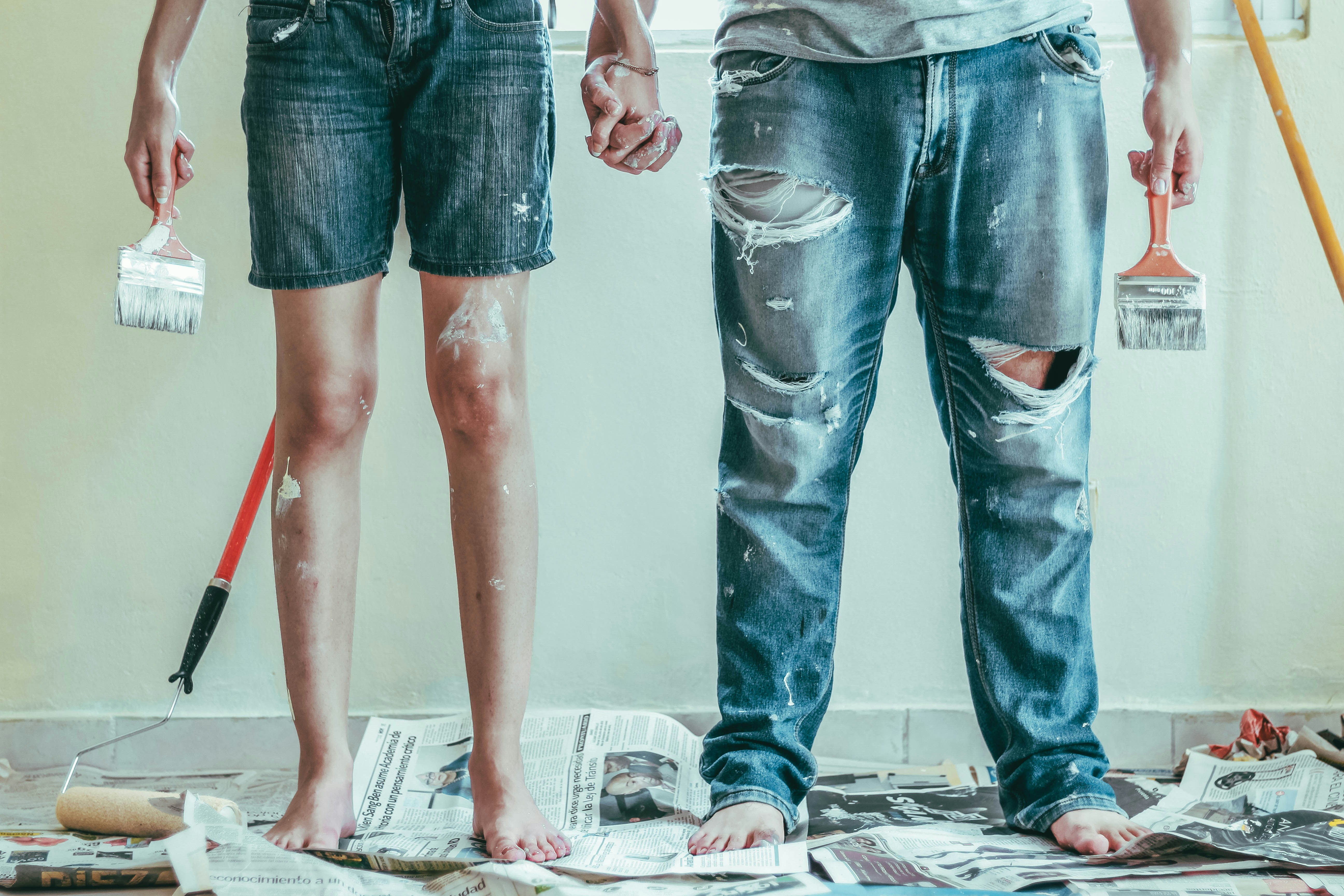
When considering whether to take on a hardscaping project myself or hire a professional, I weigh the benefits of experience against potential savings. While I may use materials like tile or mulch effectively, professional landscapers bring expertise that ensures the longevity and functionality of features like patios, especially in areas prone to flooding.
Additionally, hiring a professional often comes with warranties that can protect my investment. This coverage can alleviate concerns about future repairs and maintenance, allowing me to enjoy my outdoor spaces without the stress of unforeseen issues. I’ve seen firsthand how this security can enhance peace of mind.
Ultimately, the decision between DIY and professional help hinges on the project’s complexity and my confidence level. Complex installations, such as a new patio or drainage solutions, may require specialized skills best handled by a professional. This choice can lead to a beautifully crafted landscape that stands strong through years of use.
Deciding between DIY and hiring a pro shapes your project’s path. Next, let’s look at the costs of common hardscaping additions, so you can plan wisely.
Cost of Common Hardscaping Add-Ons
When adding features to your backyard, I often consider how elements like seating walls or decorative patios enhance both accessibility and aesthetics. Features that incorporate perennial plants help create a vibrant outdoor space while requiring less maintenance. Investing in such additions not only elevates the design but also ensures functionality for years to come.
For those interested in project management, budgeting for hardscaping add-ons is essential. Structures like fire pits or outdoor kitchens are popular elements that can significantly boost your outdoor experience, but they require careful planning. Making informed choices will lead to a backyard that not only looks great but serves your needs effectively.
Many homeowners aim for their outdoor spaces to align with trends seen in architectural digest, highlighting stylish and functional designs. By integrating popular features such as pathways lined with perennial flowers or unique hardscape textures, I help clients achieve their dream landscapes. These thoughtful touches create inviting areas that enhance any backyard, making them perfect for gatherings and relaxation.
Hardscaping can add beauty, but the costs can add up quickly. Let’s look at ways to save money and get the most from your investment.
How to Save on the Cost of Hardscaping

To save on hardscaping costs, I recommend evaluating the complexity of your project and identifying areas where simplification can occur. For instance, using practical, low-maintenance materials or designs can lower both installation and long-term upkeep fees, making your investment more manageable. At Bret-Mar Landscape, we often suggest projects that blend functionality with aesthetics to balance budget considerations without compromising quality.
Another effective way to manage expenses is to consider the timing of your landscaping work. Scheduling your hardscaping during off-peak seasons may result in lower labor costs, as demand is often lower. Additionally, incorporating efficient irrigation systems while installing other features can minimize future costs associated with watering and maintenance, enhancing the overall resilience of your landscape.
Finally, purchasing your own seed and soil can contribute to reducing costs when planning your hardscaping project. By sourcing these materials directly, you can have more control over the quality and price, ultimately leading to savings. Collaborating with a professional team like Bret-Mar Landscape ensures that your selections align with your landscape goals, achieving durability and beauty that lasts.
Now that we’ve covered ways to reduce hardscaping costs, you might have some questions lingering in your mind. Let’s tackle those common queries to ensure your project runs smoothly and effectively.
Frequently Asked Questions
In this section, I’ll address common questions about hardscaping project costs. Topics include related tasks necessary for a successful design, top cities where these projects thrive, and services for homeowners alongside insights tailored for service professionals. I’ll also share valuable resources and a bit about our journey at Bret-Mar Landscape, emphasizing the importance of choosing materials like clay for durability and style.
Related Tasks
When considering hardscaping project costs, it’s essential to understand the related tasks that contribute to the overall budget. Tasks such as site assessment, drainage planning, and utilities installation often play a significant role in shaping your landscape design and can impact costs. For instance, I always include a thorough site evaluation to identify any potential drainage issues before we begin, as this proactive step can save both time and money in the long run.
Top Cities
When considering hardscaping projects, understanding which cities have thriving landscaping markets can be beneficial. In Illinois, cities like Chicago, Naperville, and Aurora frequently see homeowners investing in outdoor renovations to enhance property value. I often advise clients in these areas to explore local landscaping trends, as these can inform their decisions on materials and designs tailored to regional preferences and climate conditions.
Homeowner Services
At Bret-Mar Landscape, I understand that homeowners often have many questions regarding hardscaping services. It’s essential to provide support throughout the process, from understanding the costs involved to the selection of materials. I prioritize clear communication and tailored solutions, helping clients feel confident in their decisions for enhancing their outdoor spaces while managing budget-related concerns.
For Service Professionals
As a service professional in hardscaping, understanding the intricacies of project costs is vital for your success and credibility. Clients appreciate transparency, so I make it a priority to clearly outline every aspect of the budget, from materials to labor and permits. When I encounter potential challenges, such as unforeseen drainage issues, I share this insight with clients to set realistic expectations and foster trust, ultimately enhancing the overall project experience.
Resources
To provide valuable resources for understanding hardscaping project costs, I often direct clients to local landscaping associations and online platforms that offer insight into materials, labor, and effective techniques. These resources can be instrumental in helping you gather information on pricing, trends, and best practices specific to your region. By tapping into these tools, clients can make informed decisions that enhance both their landscape‘s appeal and functionality while staying within budget.
About Us
At Bret-Mar Landscape, we have been dedicated to providing exceptional hardscaping solutions in Illinois for over 35 years. Our family-owned business prides itself on understanding the intricate details that contribute to project costs, ensuring our clients receive tailored advice that enhances both aesthetics and functionality in their outdoor spaces. I value clear communication and transparency, guiding homeowners through the process of making informed decisions that suit their budget and vision for their landscape design.
Conclusion
Understanding hardscaping project costs is essential for homeowners to make informed decisions that align with their budget and vision. By recognizing factors such as material choices, site preparation, and labor expenses, you can effectively plan and avoid unexpected financial burdens. Regular maintenance and repairs are also critical for preserving the beauty and functionality of your outdoor spaces. Ultimately, thorough cost comprehension leads to successful landscape transformations, enhancing both property value and your overall outdoor experience.
